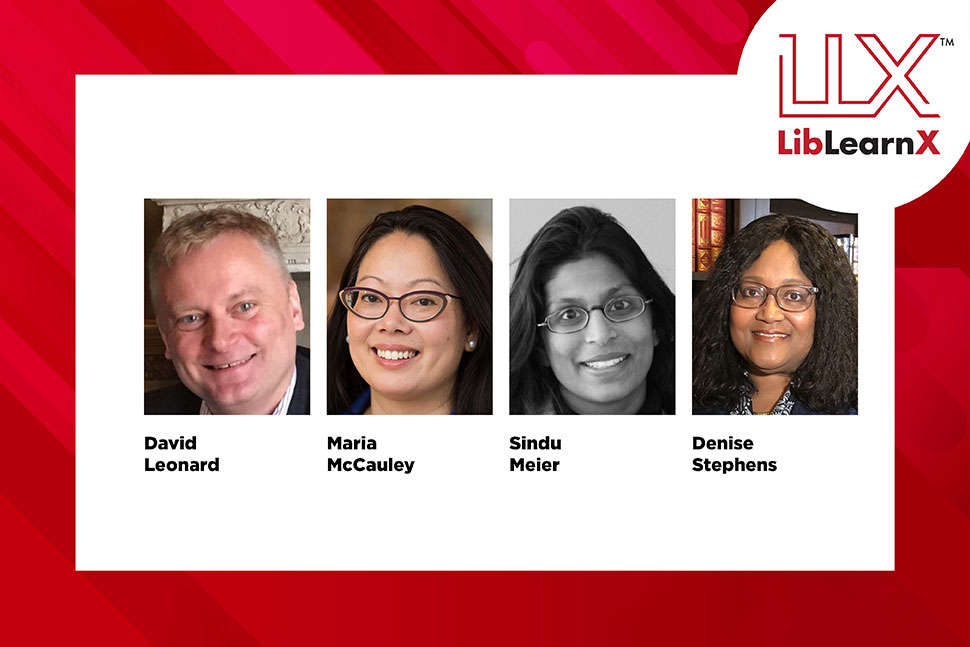
Merriam-Webster defines “public” as an adjective describing something “of, relating to, or affecting all or most of the people of a country, state, etcetera.” But as both academic and municipal libraries work to make their buildings, programming, and collections accessible to all patrons, they’re considering exactly what it means to be a public-serving institution.
What are the obligations of a public or private university to its local and global community? How have public libraries extended a sense of welcome to their patrons while safeguarding their rarest and most special collections? A panel of two public librarians and one academic librarian (moderated by architect Sindu Meier) discussed these questions during the “Curating for Inclusion” session at ALA’s LibLearnX virtual conference on January 23.
“In the realm of public libraries, I absolutely think that our mission is to serve everyone in the public, everyone who walks through the door,” said Maria McCauley, director of Cambridge (Mass.) Public Library and president-elect of the Public Library Association. “It’s also our responsibility to make an extra effort to provide equitable service to those who don’t walk through the door for one reason or another. That’s the great unifying value—that and intellectual freedom—for service to our public.”
When asked about balancing the perhaps conflicting imperatives to safeguard special or historical collections and keep materials accessible to the public, Boston Public Library Director David Leonard highlighted opportunities for synergy. “We have to preserve these collections so they’re available today and for tomorrow, but we have to bring them alive,” he said. “So why not take something like our map collection, and that becomes primary source material for secondary educational curriculum? With a map you can teach geography, history, science, civics, and you can teach that maps are not always neutral but rather have a point of view. What if we could do that with all our historical collections as a way of engaging with the public?”
Denise Stephens, dean of libraries at University of Oklahoma, said it’s a misconception that academic libraries focus primarily on the university communities they serve, and that the research needs of students and faculty, as universities—especially public ones—always exist as part of a larger community. “The bigger question is this idea that if information isn’t discoverable, if you can’t access it through whatever gateway we provide, it doesn’t exist, in all practical terms,” she said. “In academic libraries, we work hard to move toward opening access so everyone can participate in the world of ideas. And this is what we want to continue to do.”


